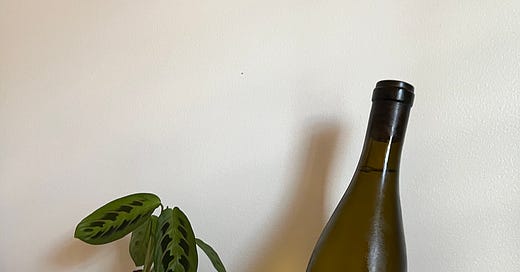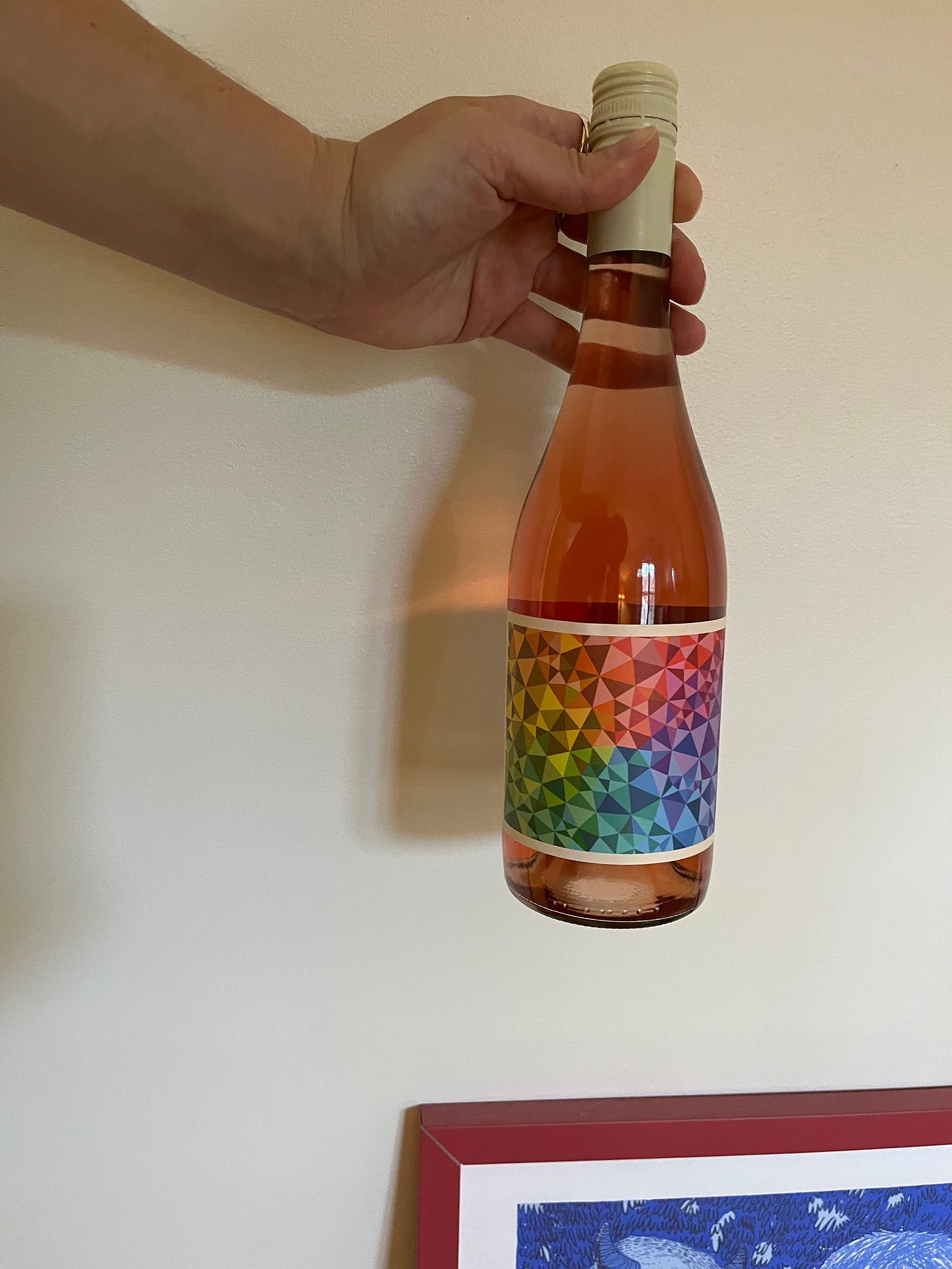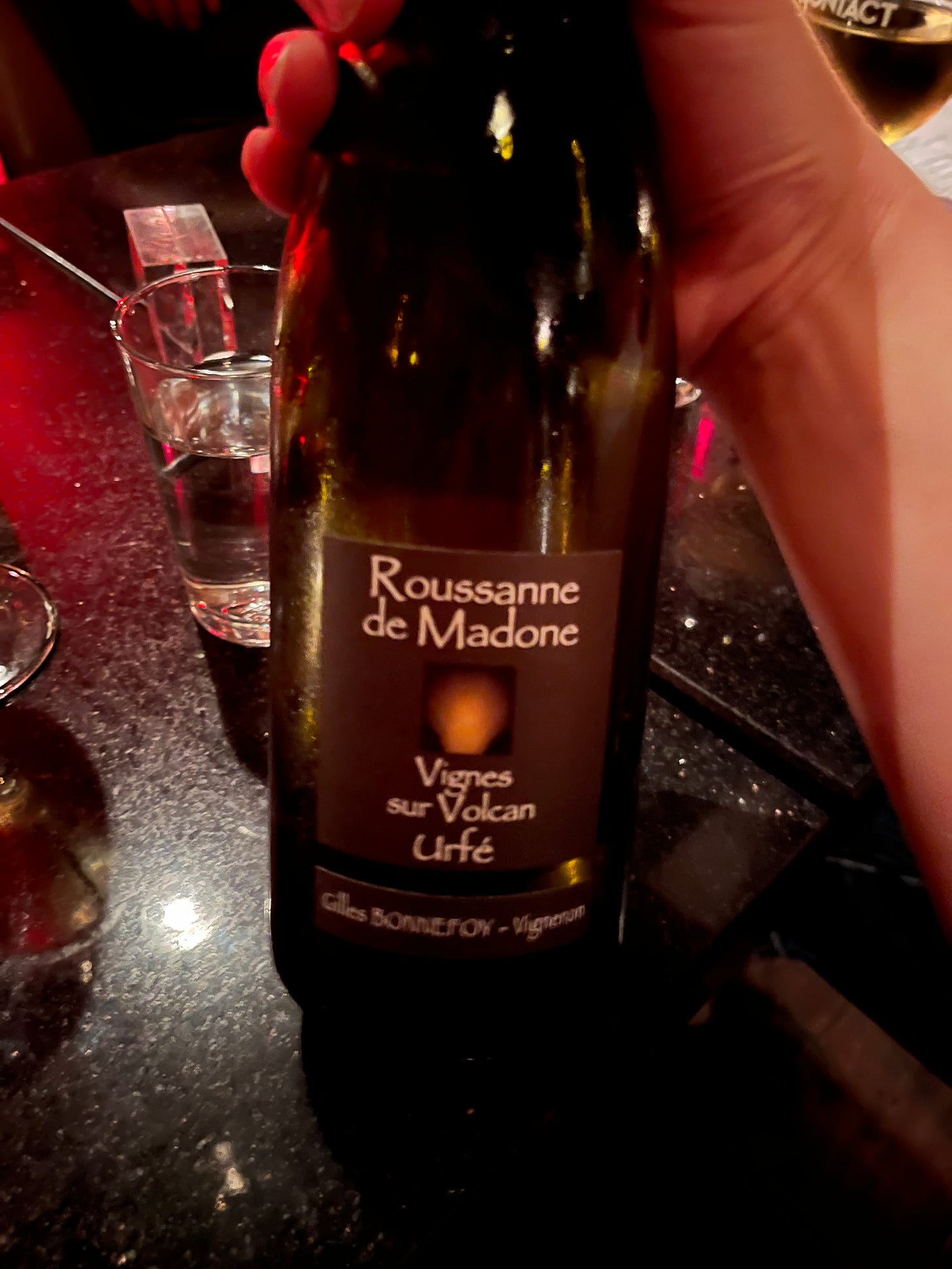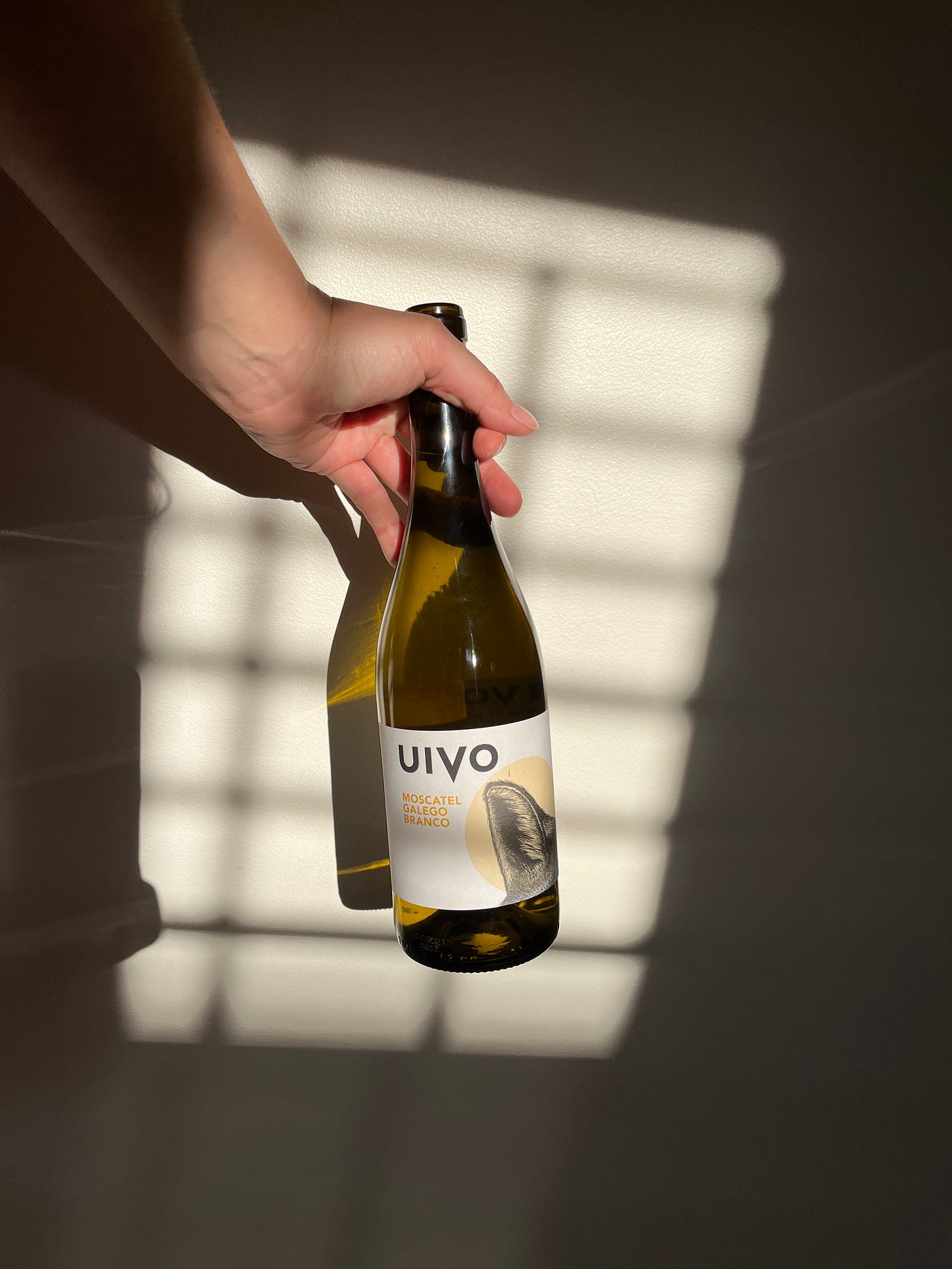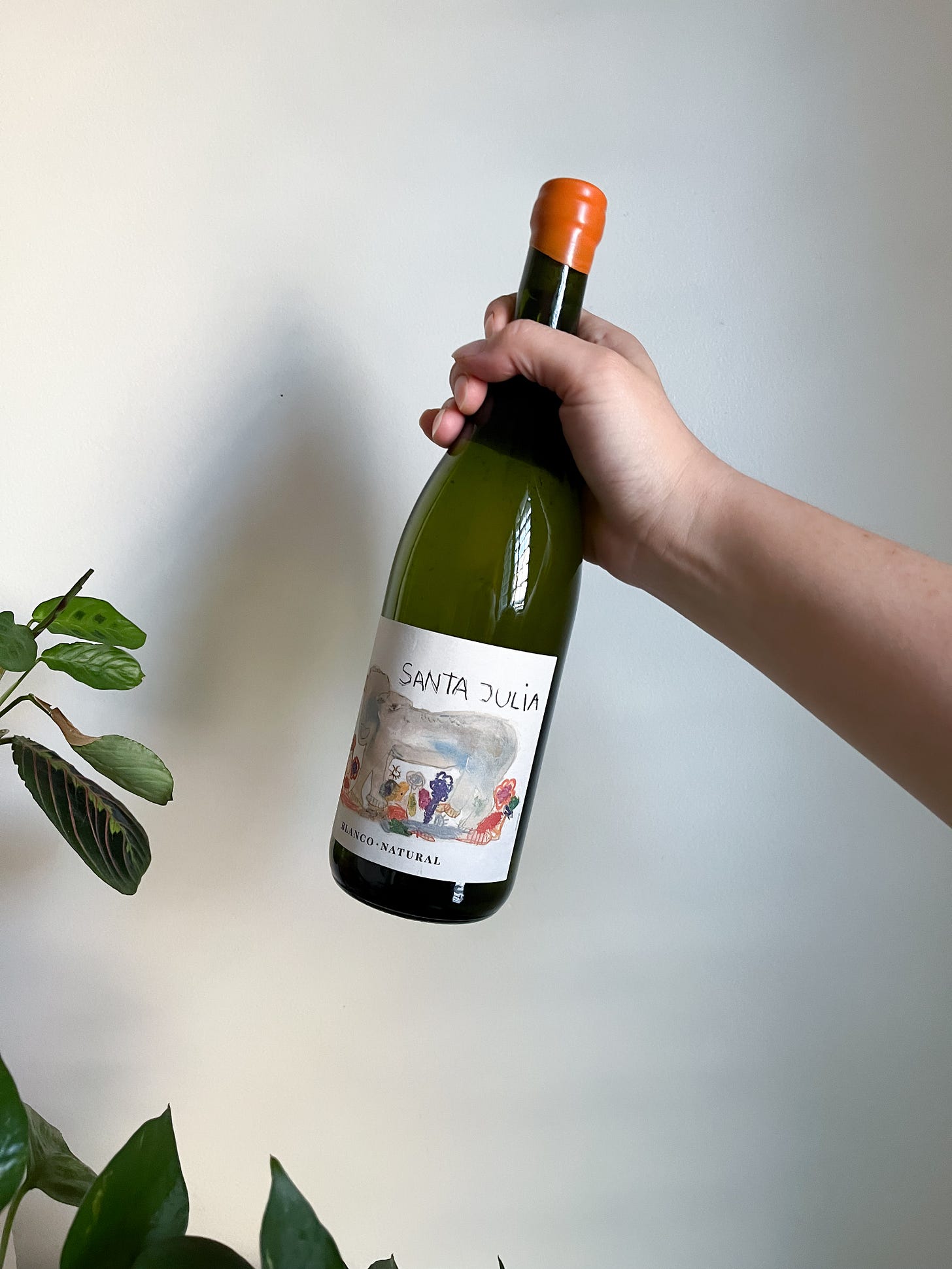Happy August, friends! I can’t believe that it’s already time for a new monthly wine recs list. This month I’m sharing some easy drinking, extremely refreshing whites and rosés that will happily carry you through the end of summer. These wines are all natural, and they’re all delicious!
This light white blend by Ovum Wines in Oregon is the perfect summery wine to sip on the patio with friends. Big Salt is a blend of Riesling, Gewürztraminer, Muscat, Sauvignon Blanc, and 3% other unnamed white grapes. The grapes are co-fermented rather than being fermented separately and blended later. This practice adds complexity to the wine and allows nature to lend its creativity— I have to say Ovum has perfected this blend!
Big Salt is dry, high acid, and boasts a balanced minerality. It tastes like lime, pomelo, blossom, tropical fruit, pine, and a touch of sea salt. This is an easy-drinking white: the flavors are uncomplicated yet super refreshing.
Prisma is a natural winery in Casablanca Valley, Chile that makes some beautiful low-intervention single varietal wines. Their rosé is made from Pinot Noir grapes. Chile is one of my favorite wine regions, and Pinot Noir is one of my favorite grapes. This wine captures the best of both worlds— it’s the perfect light rosé!
Prisma Rosé tastes like strawberry, watermelon, lemonade, floral, and minerals. It ends on a salty mineral note that is perfect on a hot summer day! This wine is dry with a light body, medium acidity, and medium alcohol— think easy drinking rosé. If you’re throwing a bbq or a pool party, this is the wine for you. Averaging $15 a bottle here in the U.S., it’s a great deal too!
This is one of those wines that I count myself lucky to have tasted. I shared a bottle of Roussane de Madone by Vignes sur Volcan with friends last month, and we were all enamored with it. It’s a fascinating wine! Crafted by winemaker Gilles Bonnefoy in Urfé, France, this wine is hand-harvested and fermented using native yeasts. It is 100% Roussane, a slow-ripening white grape that has a reputation of being difficult to grow in many wine regions and is often blended with other grapes. I loved it on its own.
Roussane de Madone tastes like apples, pears, peaches, blossom, and honey followed by an interesting flinty minerality and salinity. Dry, with medium alcohol, and medium acidity, it has a very long finish and a silky, almost heavy, mouthfeel. It’s well-made, and so delicious! Long story short, it’s the perfect wine to sip slowly over the course of a long conversation with friends you haven’t seen in a while. Bonnefoy prunes his vines heavily to keep yields low and concentrate flavors in the grapes, so if you see this wine somewhere buy it! He didn’t make many bottles, and it’s a steal at around $20 in the U.S.
If you’re looking for a simple, light, crisp white wine to pair with dinner this summer, Uivo Moscatel Galego Branco by Folias de Baco is the one. Folias de Baco is a natural winery in the Douro region of Portugal. (You can read more about it in a previous post I wrote.) Suffice to say, they’re doing amazing things with native grapes like this one. Moscatel Galego Branco is a grape commonly grown and used in the Douro to make heavy, high alcohol, sweet wines. Uivo Moscatel is the complete opposite.
It’s low in alcohol, making it super easy to sip with dinner and conversation. It’s high acid, light body, filtered, and clean. It tastes like apples, pears, melon, and blossom with a citrus note that brightens it up considerably. Overall, Uivo Moscatel is a bright, light, refreshing white and a really interesting iteration of a Portuguese grape! Serve this one with pasta salad, seafood, or falafel.
I saved my favorite for last this time. Every wine on this list was delicious, but Santa Julia’s Blanco Natural blew my mind. Santa Julia is a woman-owned winery in Mendoza, Argentina whose natural wines have the least amount of human intervention possible from the vineyard all the way through production to bottling. This particular wine is a single varietal white made with the native grape, Torrontés.
Santa Julia’s Blanco Natural is an unfiltered white wine that was fermented with skin contact, giving it a heavier body than traditional whites and that added interesting cloudiness. It tastes like grapefruit, lemon, apples, floral, and it has the most interesting briny salty finish. Each sip lingers on the palette in a good way, and this wine will make you think about what you’re tasting. Drink this one over a quiet seafood dinner or with a really good book.
The common thread in all of these wines is that mineral, salty element that I find to be perfect for summer wine. If you try any of these let me know what you think! And if there’s a wine you think I should try, let me know what it is below. Cheers!

